The other week in North Carolina, we drove down to Cary for dinner, from the UNC campus (and originally from our hotel in suburban Durham.) It’s about a half-hour drive, and kind of strange. There’s a lot of rural land and country roads in between the Triangle’s different population centers, and the area’s downtowns are rather small compared to the newer suburban-sprawl development.
Most of Cary is newer suburban development too, but it does have a classic downtown. I had never seen it and barely knew it existed. I also did not know until we arrived that our restaurant—a surprisingly good authentic Chinese place—was in the downtown area. And, as we quickly realized, parking was very tight.
The little strip plaza the restaurant was in, across from a classic movie theater, had its own parking, but it was limited. As we drove down side street after side street, finding either “no parking” signs or packed street parking, we noticed a bunch of giant Christmas decorations around town. And lots of people. And pop-up businesses in tents.
We had picked one of a handful of nights when the town holds a “night market”—basically a street fair after dark—and the holiday theme probably brought even more people. Not the right night to drive half an hour to a restaurant here.
But it all looked lovely, so after we circled town for 10 minutes looking for a spot, and then waited 15 minutes in the packed restaurant for a seat, and then finally ate (there were more entrées than people) we decided to go back and walk around the street fair, despite it being quite chilly out.
It’s a fairly small downtown area—a little larger than Flemington, which I’ve written about quite a bit here—but things look well maintained and there are a lot of little details that make it feel pleasant and cared for.
Street scenes:
Pretty buildings:
And decorations!
This is the sort of thing I mean when I talk about relying less on cars. There are dozens of square miles of suburban development surrounding this, yet people crowd into this little downtown area and put up with limited parking because it’s just so nice.
There isn’t really anywhere you could do this in the suburbs. Sure, you could claim a parking lot for a farmer’s market, which is where they usually go. But the feeling of wonder as you walk down the streets, traversing the whole little town (which always feels bigger when everything is decorated and lit up), seeing a familiar place in a different way? Seeing shops alive, churches and houses asleep, like temporarily inhabiting the pages of a children’s book?
The pattern of suburban development forecloses that magic. We’ve built most of our country in a way that renders impossible so many things we love.
Why?
Urbanism and placemaking aren’t ideological to me. They’re just what happens when you start asking that question.
Related Reading:
“Streets Closed to Vehicular Traffic”
Thank you for reading! Please consider upgrading to a paid subscription to help support this newsletter. You’ll get a weekly subscribers-only post, plus full access to the archive: over 400 posts and growing. And you’ll help ensure more material like this!




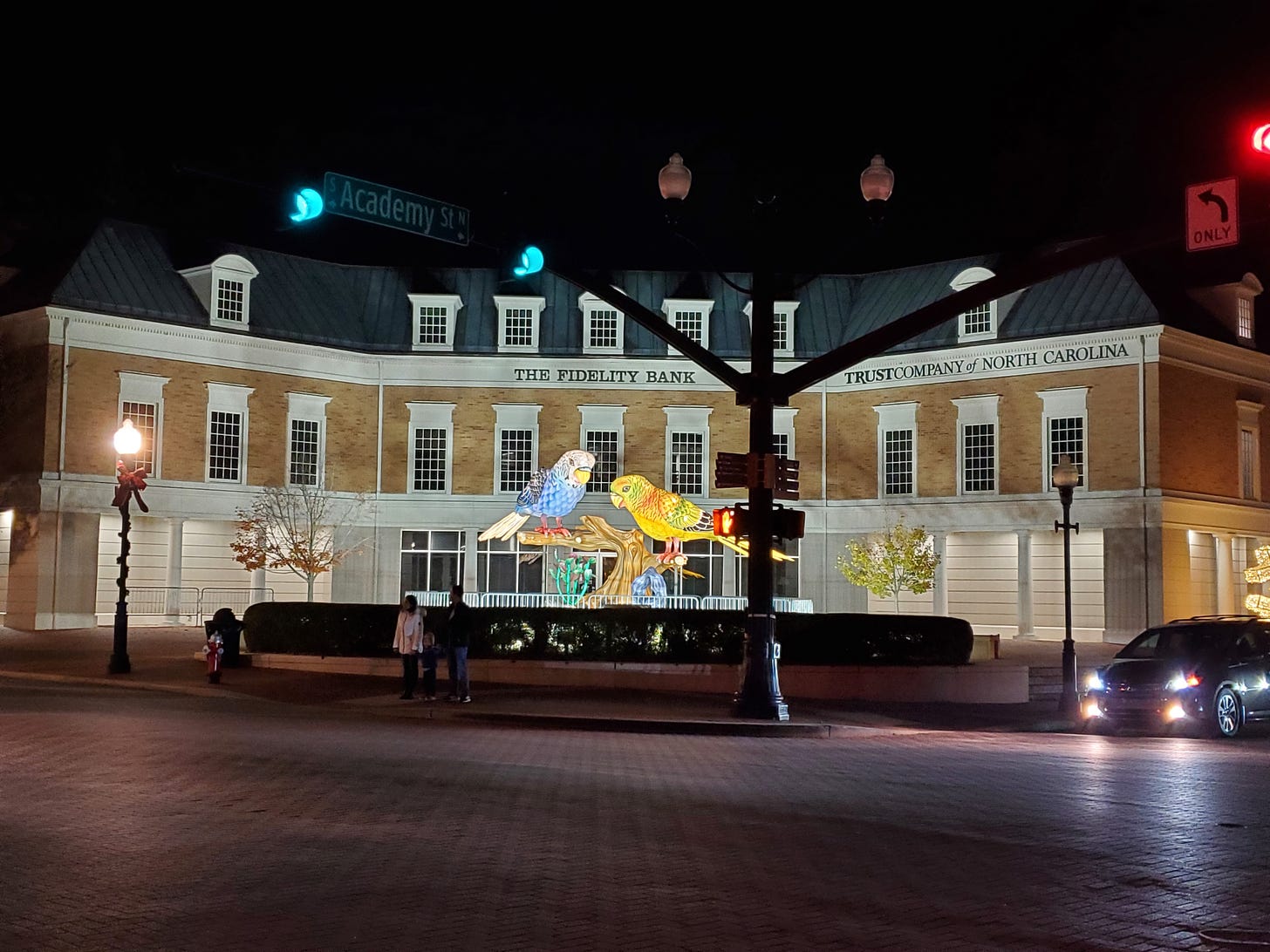
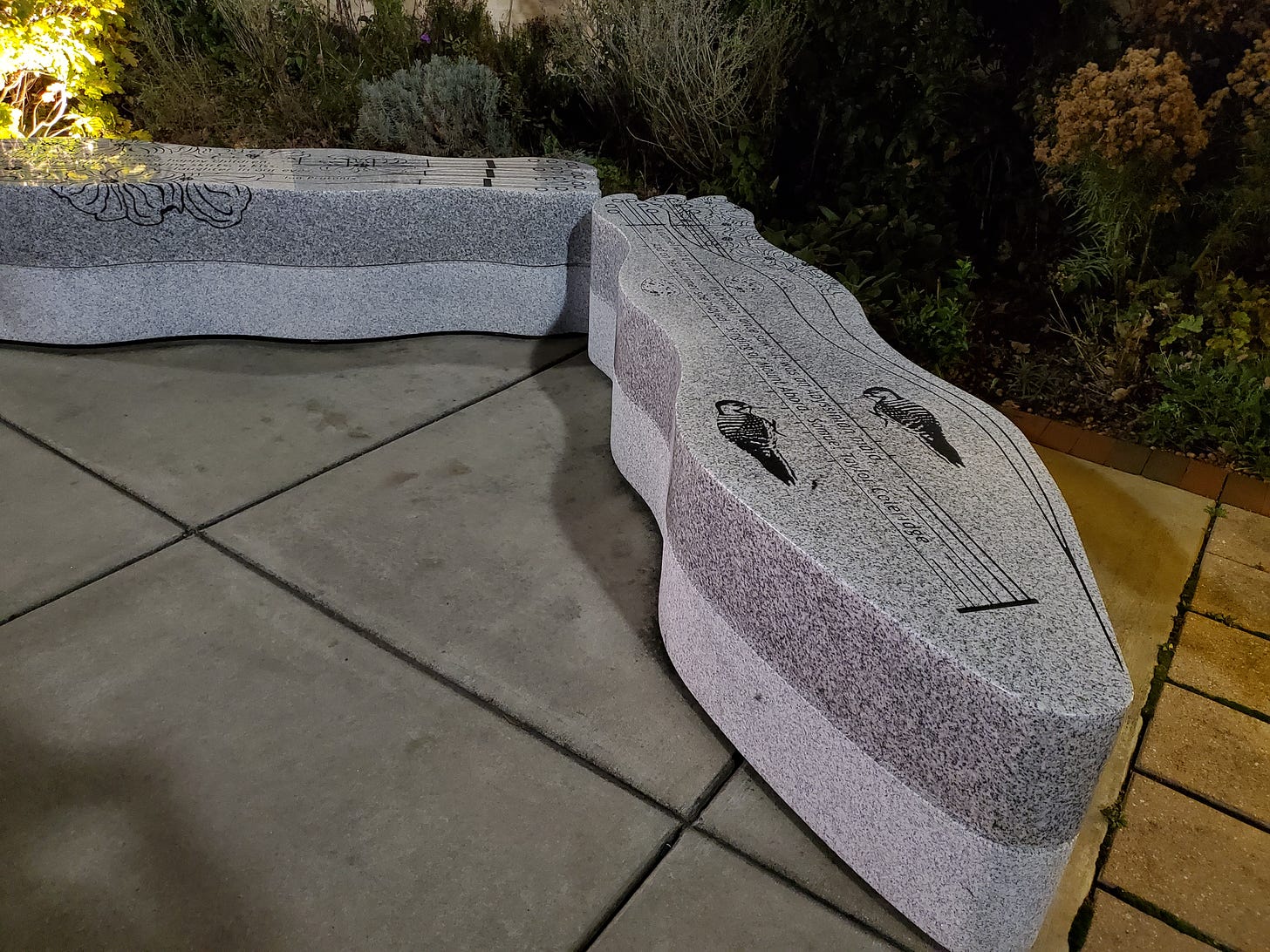
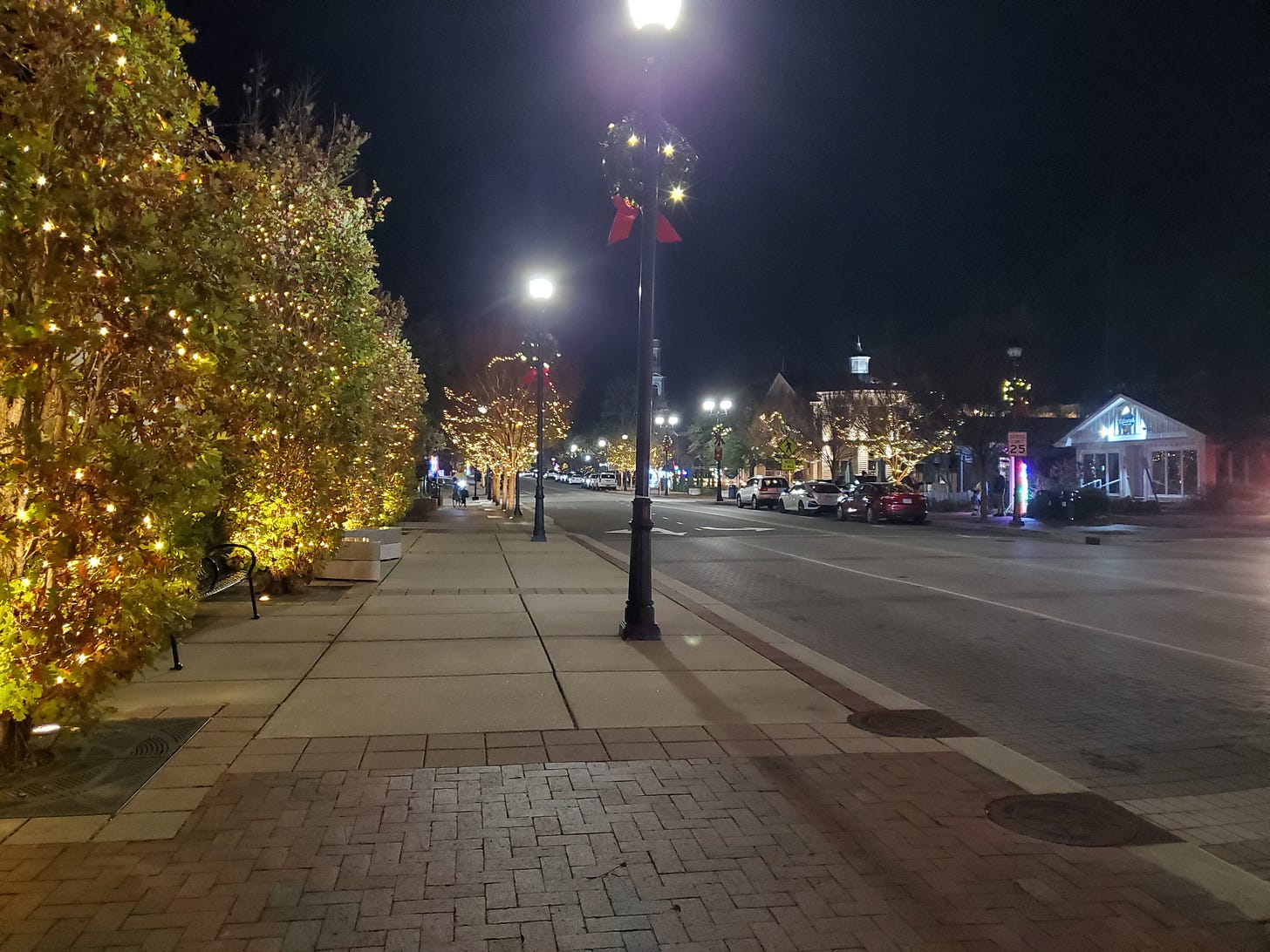
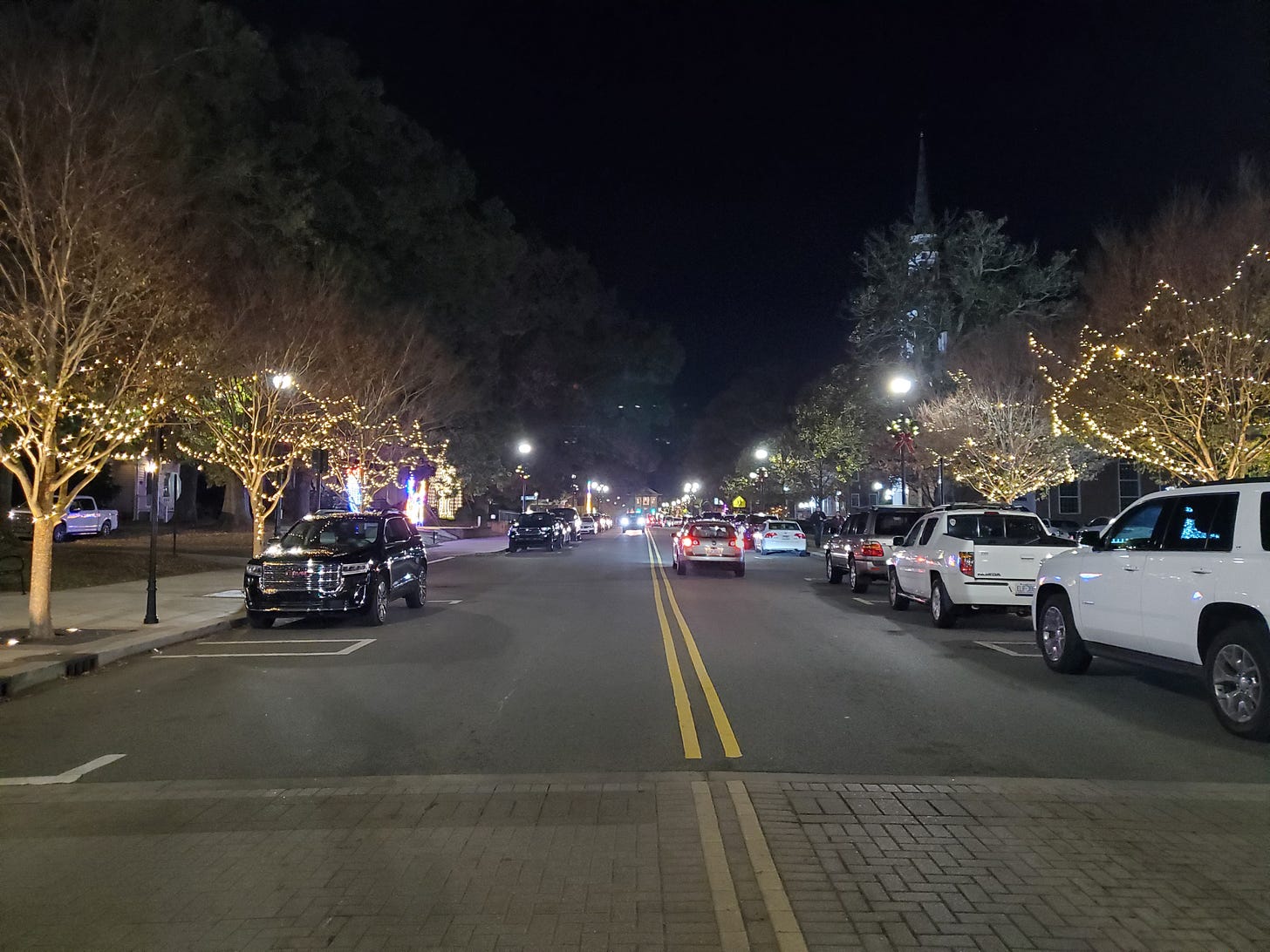
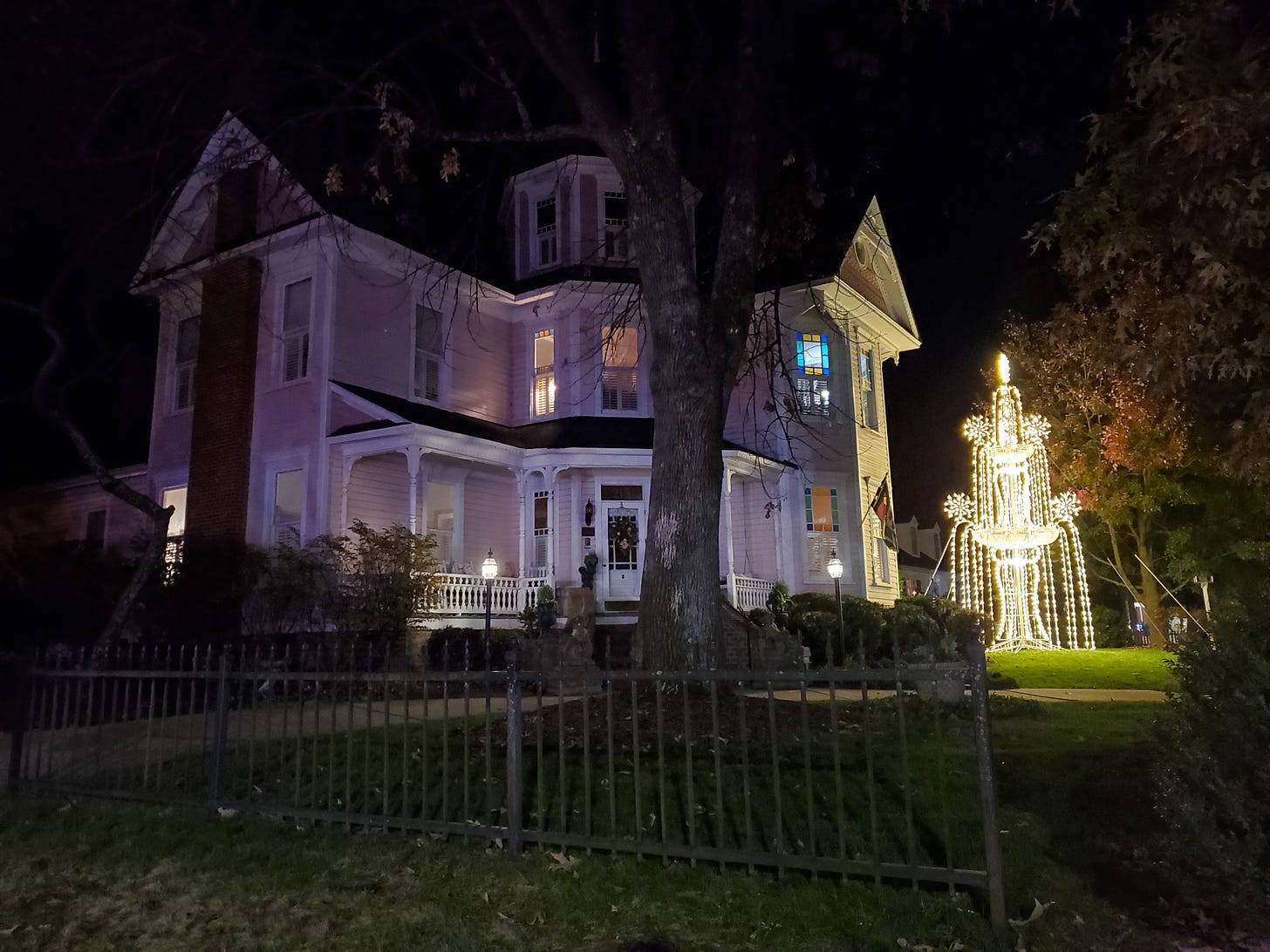
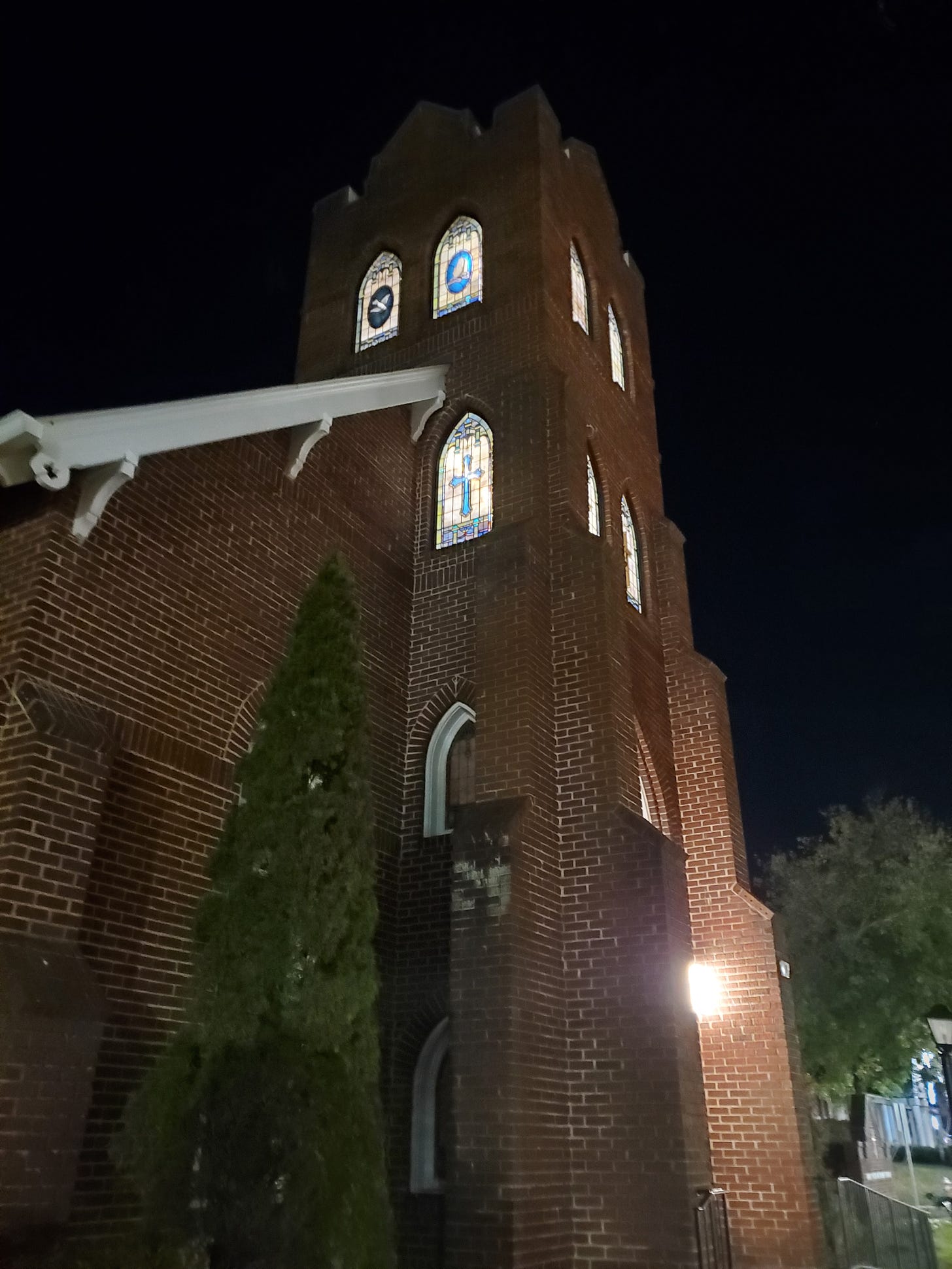
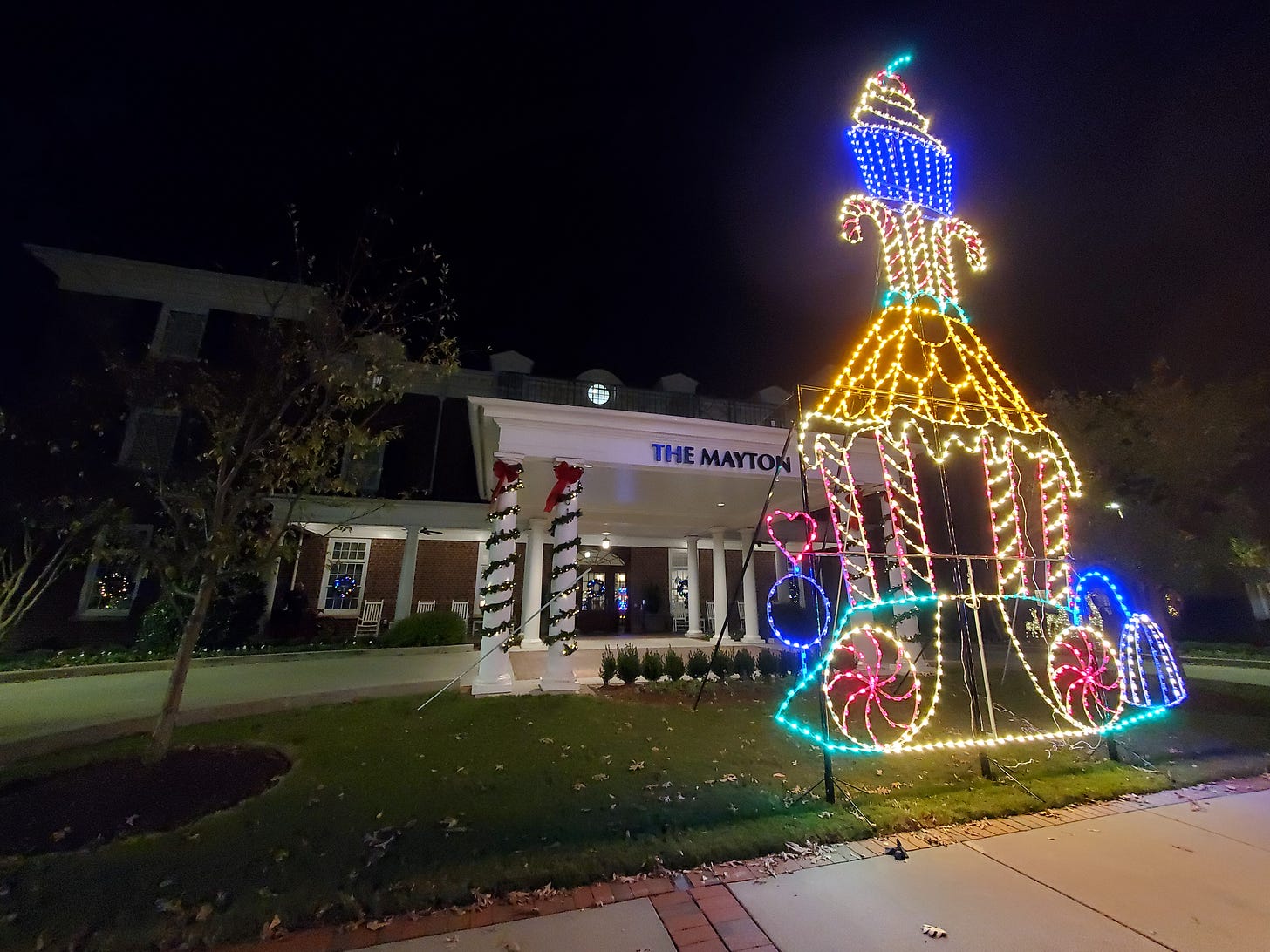
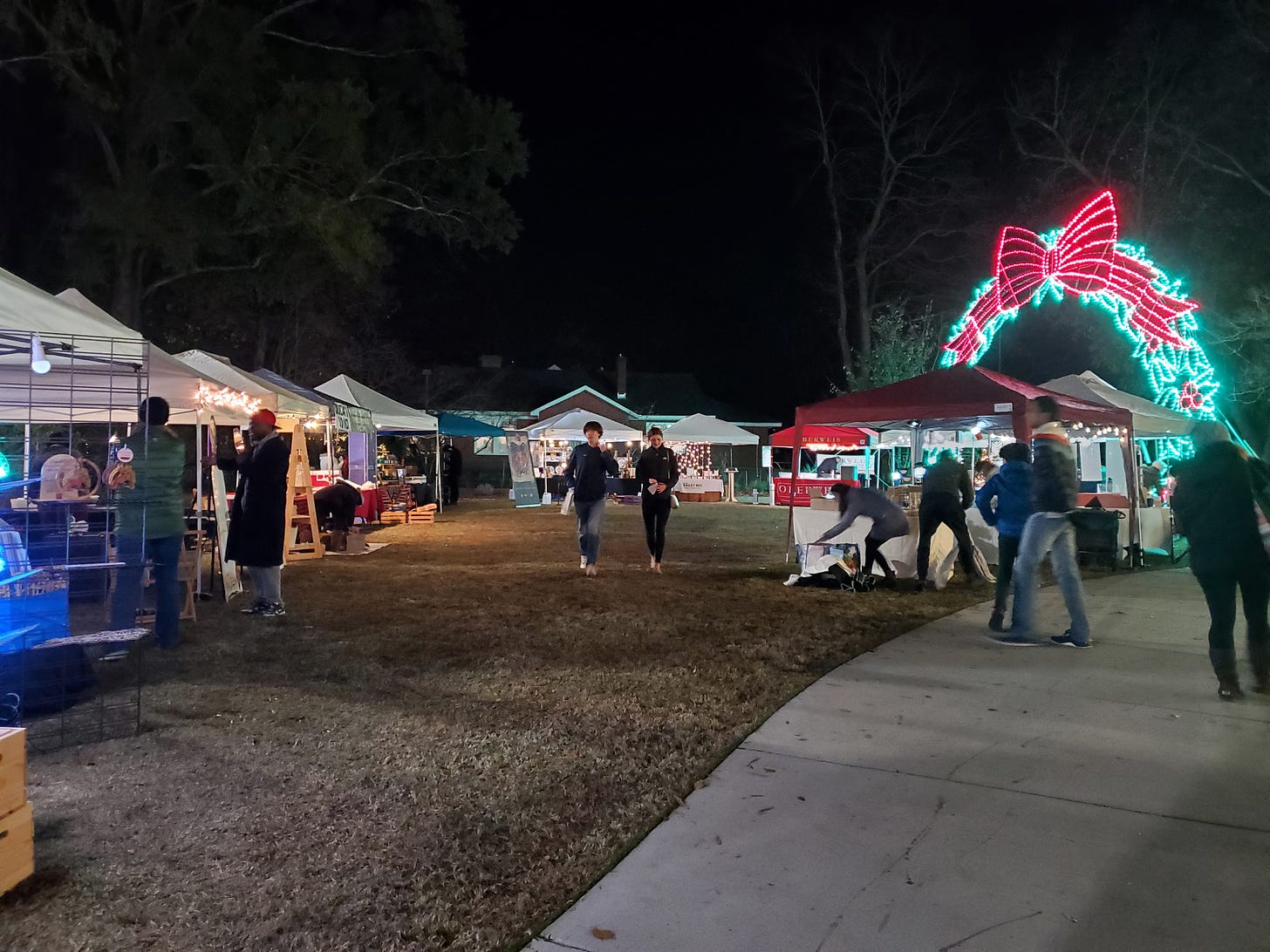
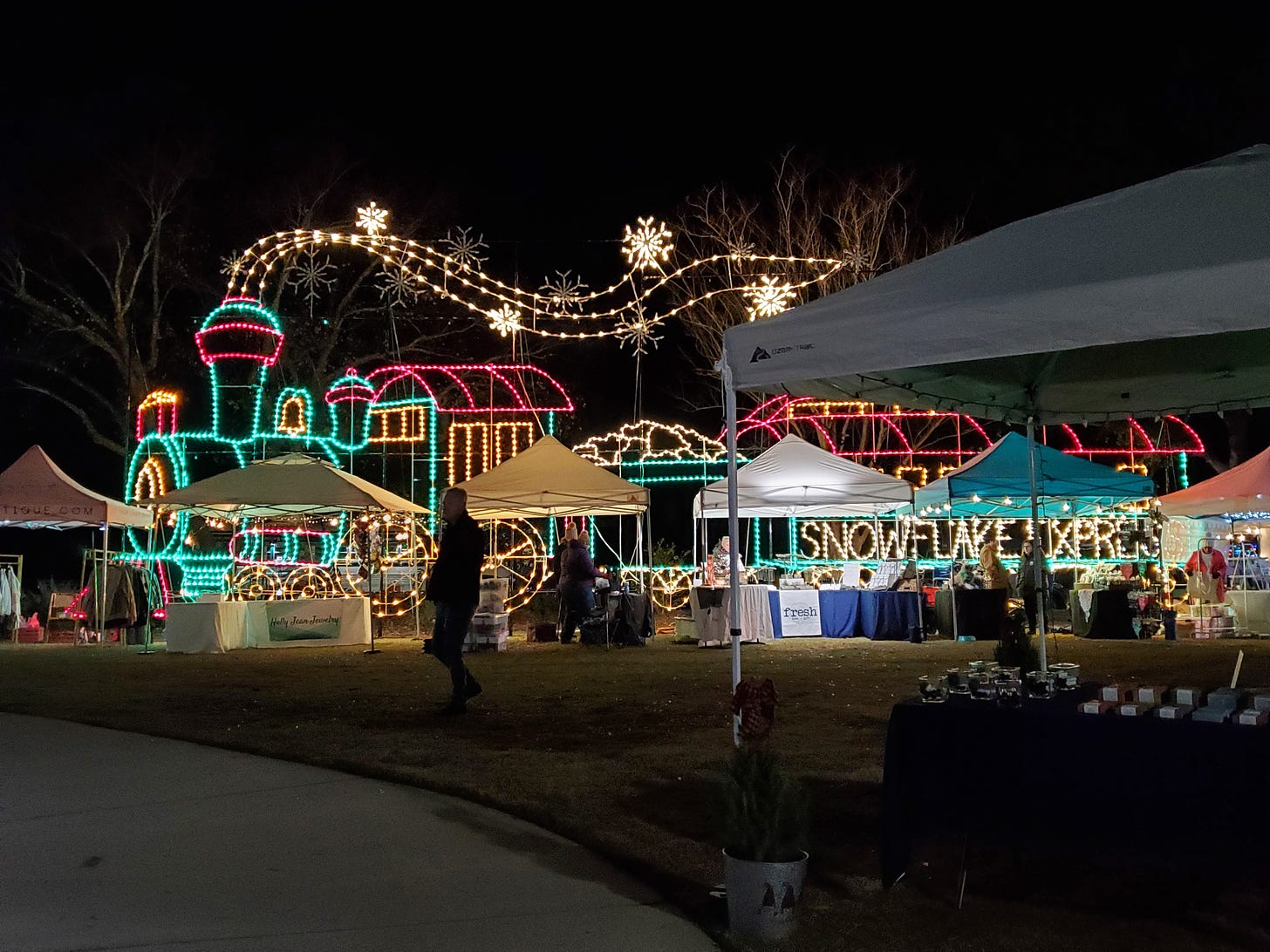
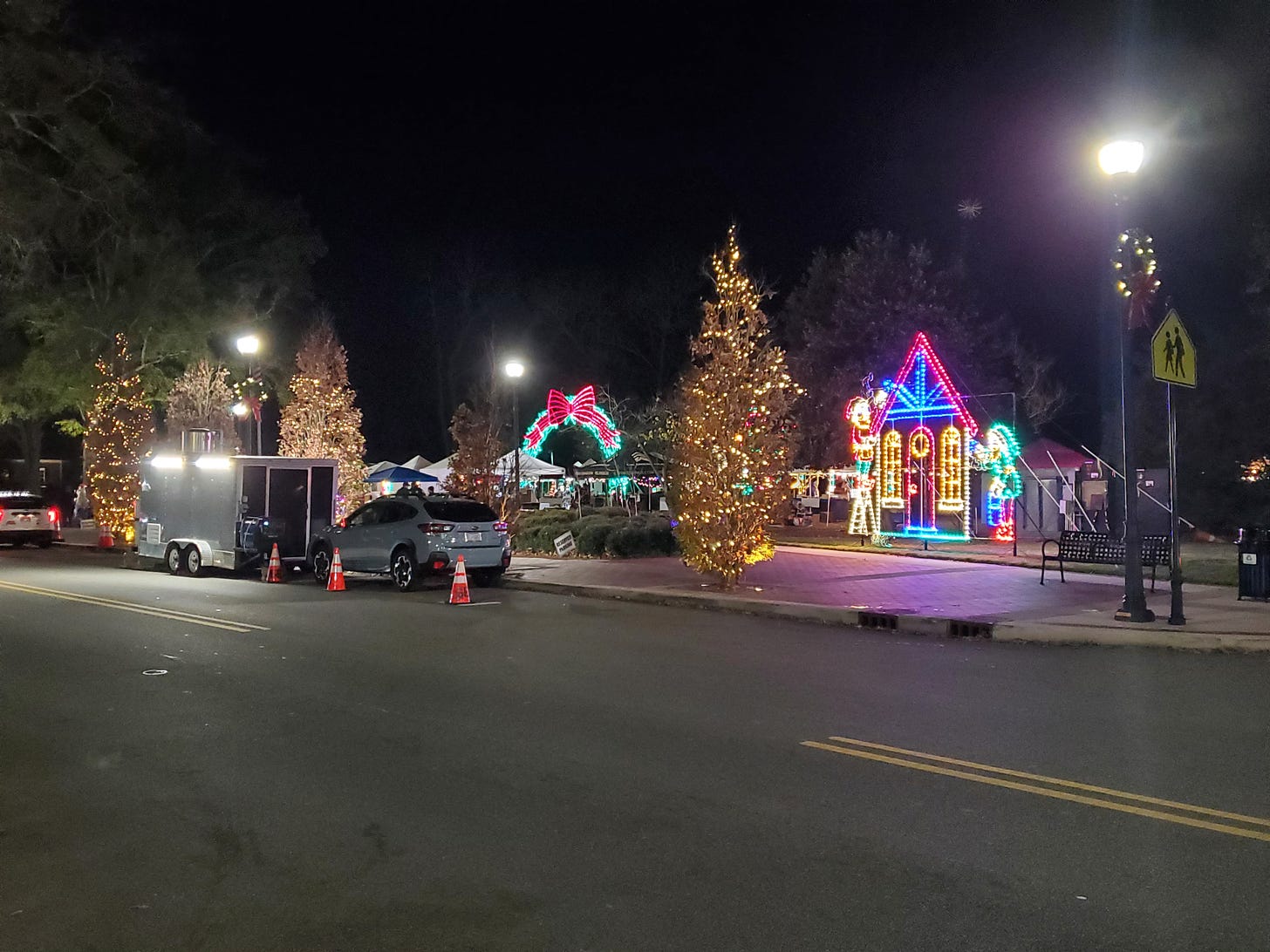
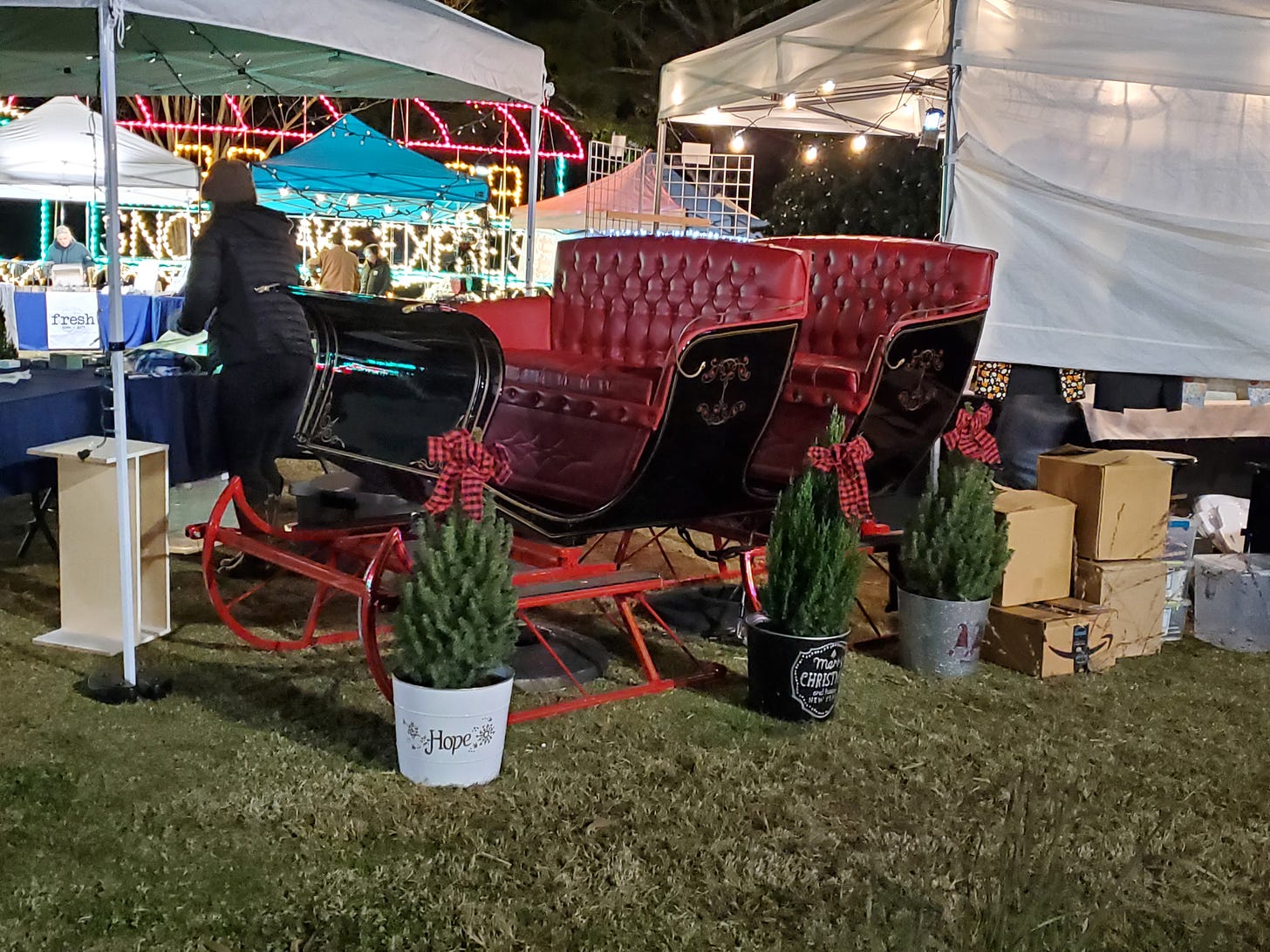
Next you should visit downtown Apex. It's more of a real small-town downtown. I grew up in Cary so have no emnity toward it, but the best way to describe Cary, including its downtown, is "curated." In fact anyone who's lived in this area for any length of time would laugh heartily at the idea of Cary as the genuine article.
Some books which discuss informal street marketing in history are:
https://www.amazon.com/Shopping-Ancient-Rome-Republic-Principate/dp/019969821X
https://www.routledge.com/Food-Hawkers-Selling-in-the-Streets-from-Antiquity-to-the-Present/Calaresu-Heuvel/p/book/9781138329706
https://www.cambridge.org/core/books/roman-street/983F200E0E59E84C42B5BFF4401F572E